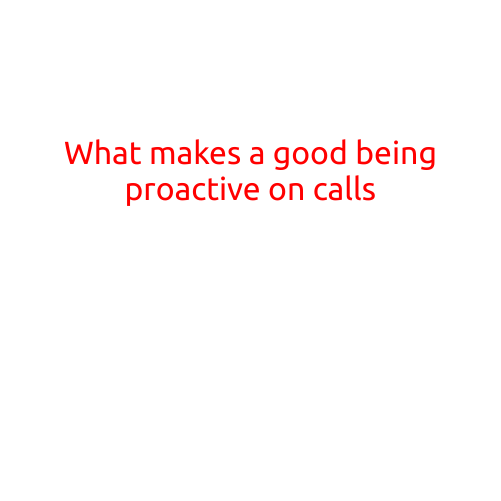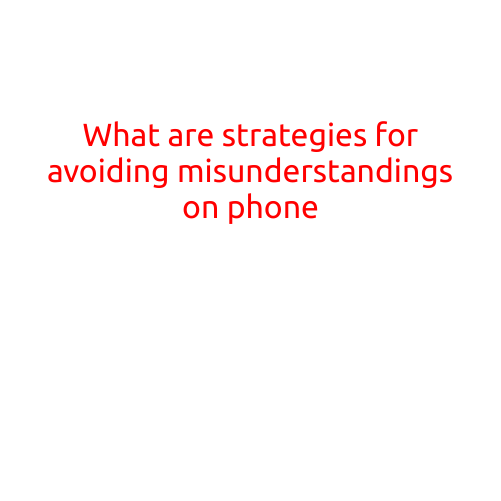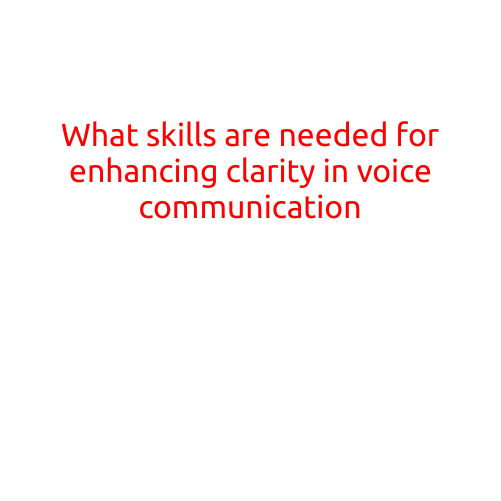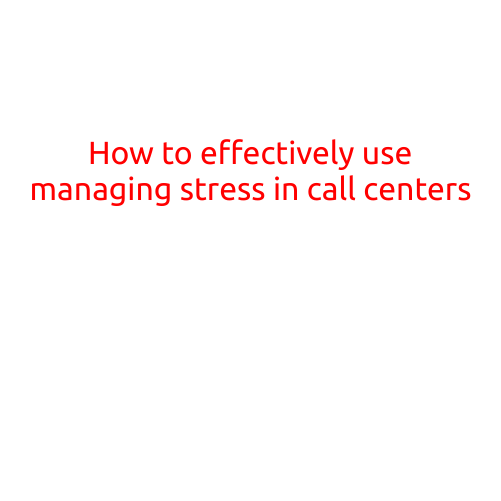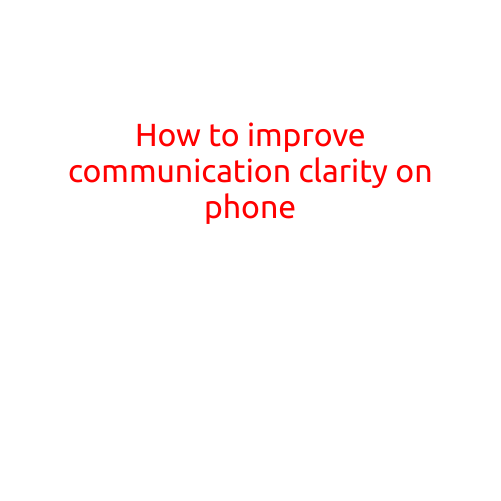
How to Improve Communication Clarity on Phone
In today’s digital age, phone calls have become an essential part of our daily communication. Whether it’s for personal or professional purposes, being able to convey your message clearly over the phone is crucial to avoid misunderstandings and ensure effective communication. However, with the constant distractions and noise that come with modern life, it can be challenging to get your point across clearly. In this article, we’ll discuss some tips to help you improve communication clarity on phone and make your conversations more effective.
1. Find a Quiet and Distraction-Free Environment
One of the most significant obstacles to clear communication on phone is background noise and distractions. To minimize these issues, find a quiet and comfortable space to take your call. This could be a quiet room in your home, a library, or even a park. Make sure to eliminate any distractions such as turning off notifications on your phone or asking your family members to keep the noise level down.
2. Speak Clearly and at a Moderate Pace
Speak clearly and at a moderate pace to ensure that the person on the other end of the call can understand you easily. Avoid mumbling, speaking too quickly, or trailing off at the end of sentences. Instead, enunciate your words, pause briefly between sentences, and practice your tone to convey emphasis.
3. Use Proper Phone Technique
Proper phone technique is crucial to ensure that your voice comes through clearly. Hold the phone against your ear, but not too close that it touches your ear. Angle the phone in such a way that the microphone is closest to your mouth. This will help to pick up your voice better and reduce echo or background noise.
4. Pay Attention to Your Body Language
While phone calls may not require physical presence, your body language can still convey a lot about your tone and intentions. Sit up straight, keep your voice steady, and avoid fidgeting or crossing your arms, which can give the impression of anxiety or defensiveness.
5. Practice Active Listening
Effective communication is a two-way street. Practice active listening by concentrating on the person on the other end of the call and avoiding interrupting them. Repeat back what you’ve heard to ensure understanding, and ask clarifying questions to prevent misunderstandings.
6. Minimize Background Noise
Background noise can be a significant obstacle to clear communication on phone. To minimize it, try to eliminate any extraneous noises by closing windows, turning off appliances, or asking your family members to keep the noise level down. You can also use noise-cancelling headphones or apps that can help to block out distractions.
7. Use Visual Aids
When possible, use visual aids such as diagrams, flowcharts, or infographics to help illustrate your point. This can be especially useful when explaining complex concepts or ideas, and can help to prevent misunderstandings.
8. Speak at a Comfortable Volume
Speak at a comfortable volume that is neither too loud nor too soft. Avoid shouting or whispering, as this can be distracting or difficult to understand. Instead, find a natural speaking volume that is easy to hear and understand.
9. Avoid Multitasking
Multitasking can be a significant distraction when it comes to phone calls. Avoid doing other tasks while on the call, such as checking your phone or browsing the internet. Instead, focus on the conversation and give the person on the other end of the call your undivided attention.
10. Review and Repeat
Finally, after the call, review what was discussed and repeat back what you understood to ensure that you’ve got it right. This can help to prevent misunderstandings and ensure that you’re on the same page as the person on the other end of the call.
By following these tips, you can improve your communication clarity on phone and ensure that your conversations are effective and productive. Remember to find a quiet and distraction-free environment, speak clearly and at a moderate pace, and practice active listening to get your point across clearly.
